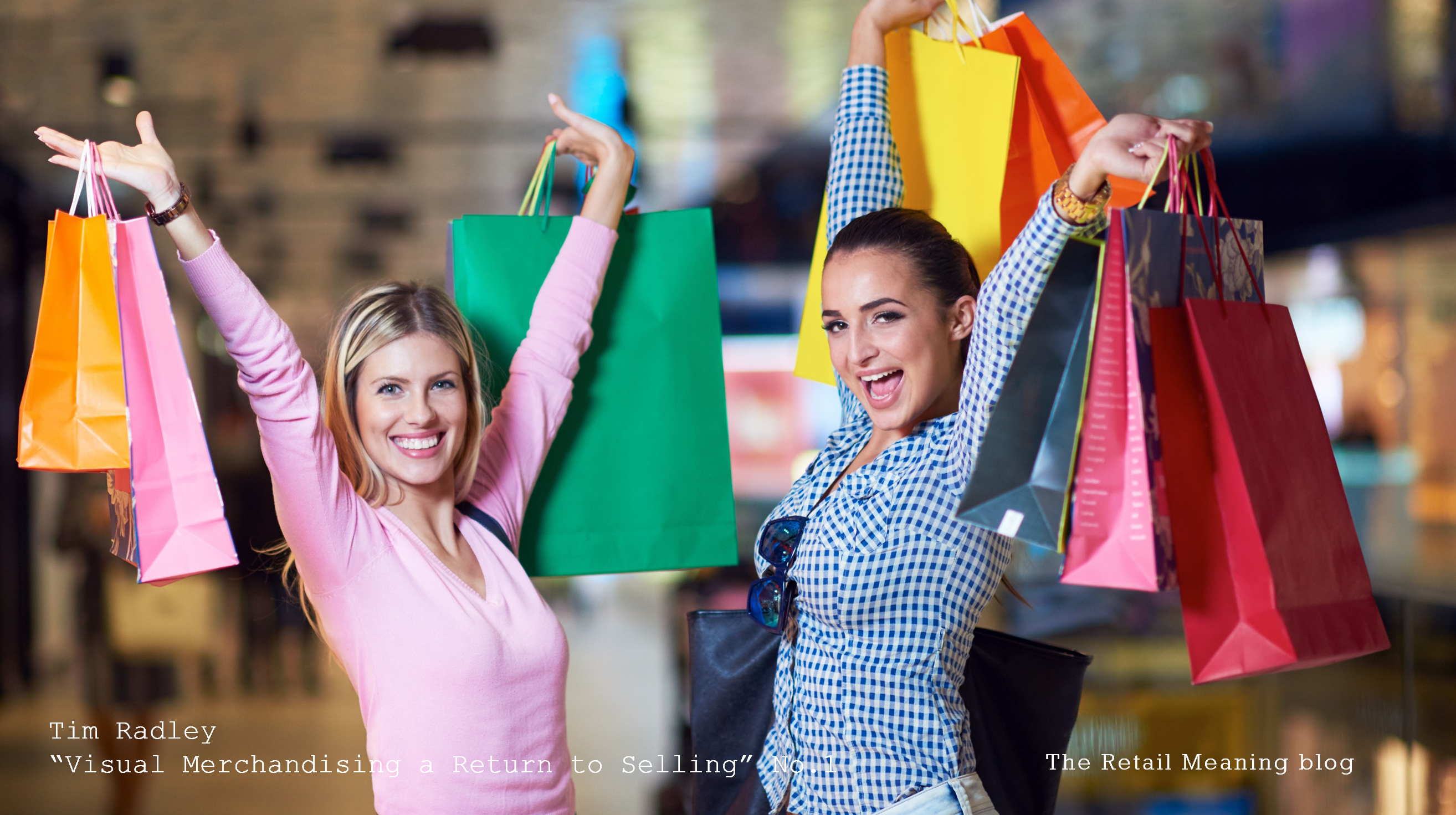“Visual Merchandising – A Return to Selling!” part 1
An article by Tim Radley in VM&RD Magazine India
I was fortunate enough this year to be invited to speak at the In-Store Asia event in Mumbai. What I found was energy, enthusiasm and real excitement about the future of Indian retail and this great industry in general.
Subsequently I have written a couple of articles for VM&SD Magazine, India’s only magazine to focus on all aspects of retail design and visual merchandising in the context of branded shopping environment.
“Visual Merchandising – A Return to Selling!” is the current article.
You can read excerpts here and the full article via the link.
“Visual Merchandising – A Return to Selling!” part 1
It is a fact that for many years, many retailers were not fully focused on developing their stores into “selling machines.” In markets where competitor numbers and customer expectations were lower than at present a level of complacency stifled the opportunities to maximize customer engagement and drive sales productivity.
Ironically e-commerce has been one of the main catalysts to realizing the development of stores which now strive to offer theatre and engagement to drive sales and profit through visual inspiration. The ever growing intensity of competition both physical and online has also stimulated this drive to achieve potential sales performance, and have evolved it into a necessary obsession for retailers, and not just a whim restricted to brand marketing.
In a further irony and twist of history, international retail chains must now operate their stores with the mentality and instinct of the traditional market trader, engaging customers with personality, showing off their most attractive merchandise, being in the right place at the same time, pushing sales of best-selling products whilst selling off the poor sellers to generate cash. The days of the “easy-sale” are largely over with all departments and functions now integrated and focused on making that “next sale” the priority.
Whilst the powerhouses of retail businesses – buying, merchandising, sourcing & logistics – are learning to embrace and deliver the new commerciality, many emerging initiatives are also impacting the strategies and disciplines of store layout, the display of the assortment, visual merchandising principles and operations and decisively the creation of the store experience for the customer.
A reduction in the total number of options in the store assortment and the resulting option density is a tangible necessity for commerciality. Reduced buying budgets, a focus on best sellers, extended online assortments, customers demand for “ease-of-shop,” and time starved shoppers demanding less choice and more authority from their retailers all contribute to stores with lower option densities. Whilst a relief for many visual merchandisers lower density stores demand higher quality displays, product show-casing, imaginative focal points and constant vigilance of best seller and high margin product placement to drive sales & profit.
Selling “more of less” has become the objective of the retail industry and in-turn the visual merchandising function.
“The retail edit” now so commonly desired by customers has forced stores to be bold and confident with smaller displays, communicating with new “authority” what customers “will love” rather than falling back on the democracy of a sprawling display simply allowing the customer to browse and decide for themselves.
The result for visual merchandising is the opportunity to work with smaller, bolder assortment groupings supported with visual display tools, mannequins, busts, props and graphics that shout loudly, but always brand appropriately, about “the new” “the exclusive” “the fashion” “the favourite” “the current” and the perennial “best-seller.”
The 40 option colour coordinated theme has become the 10 to 15 option fashion silhouette.
Lifestyle energy not a static colour spectrum has become the new glue for coordinating looks and stories. Fashion positions & end-uses dictate shapes, fabrics, product enhancements, attributes and adornments giving freedom and liberation to the consumer to create and experiment within their taste and preference.
No longer are consumers bound by the strict dictate of the retail buyer, brands are learning to balance less choice with more freedom. Against this setting of increased customer confidence and freedom of choice, a looser coordination has had to develop…
second and final instalment coming soon…
v
VM-Unleashed! is a retail consultancy. It is what it says … “Accessible expertise: Helping retailers make the most of what they have!”
We are always looking forwards to hearing from existing clients and potential new collaborators…
